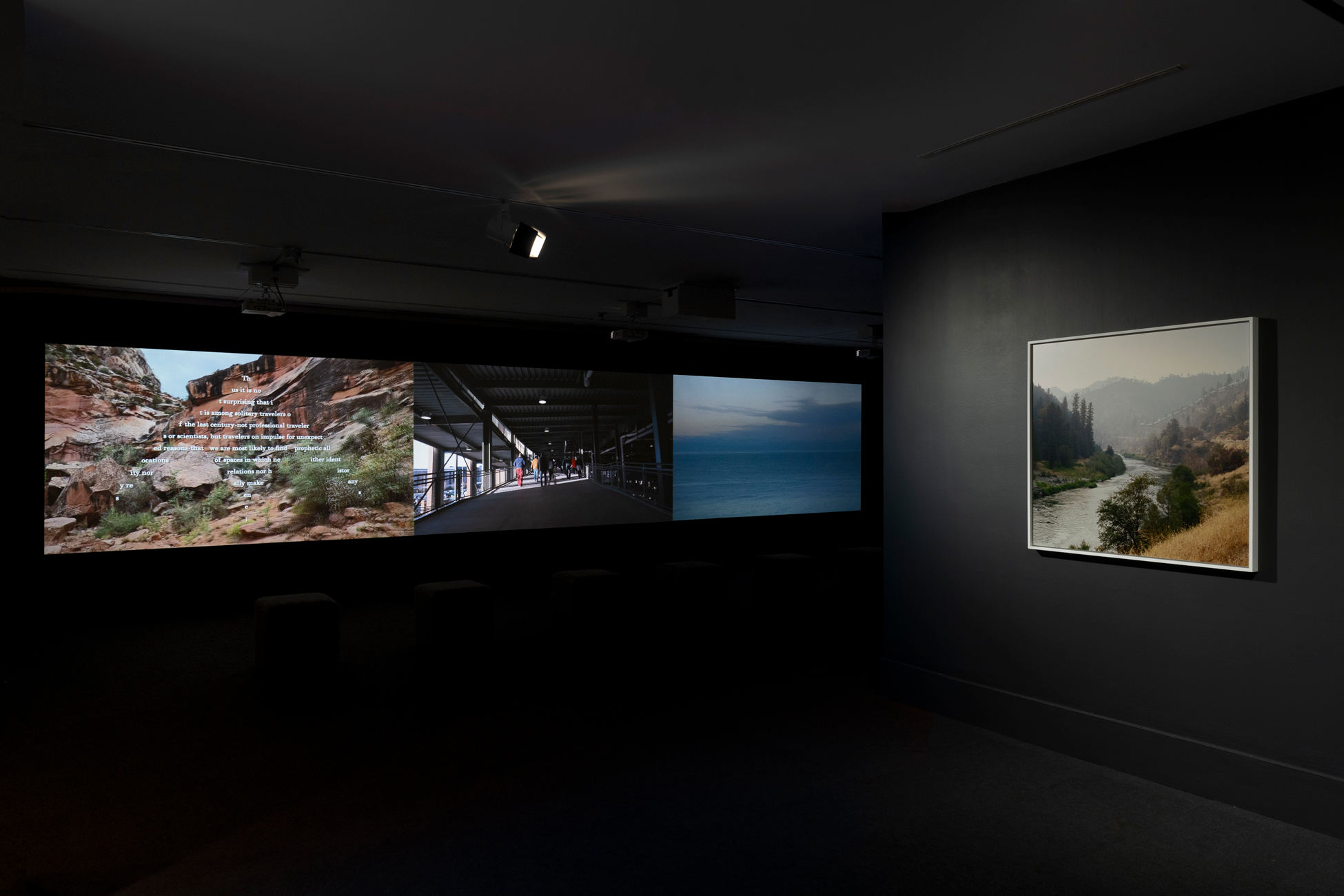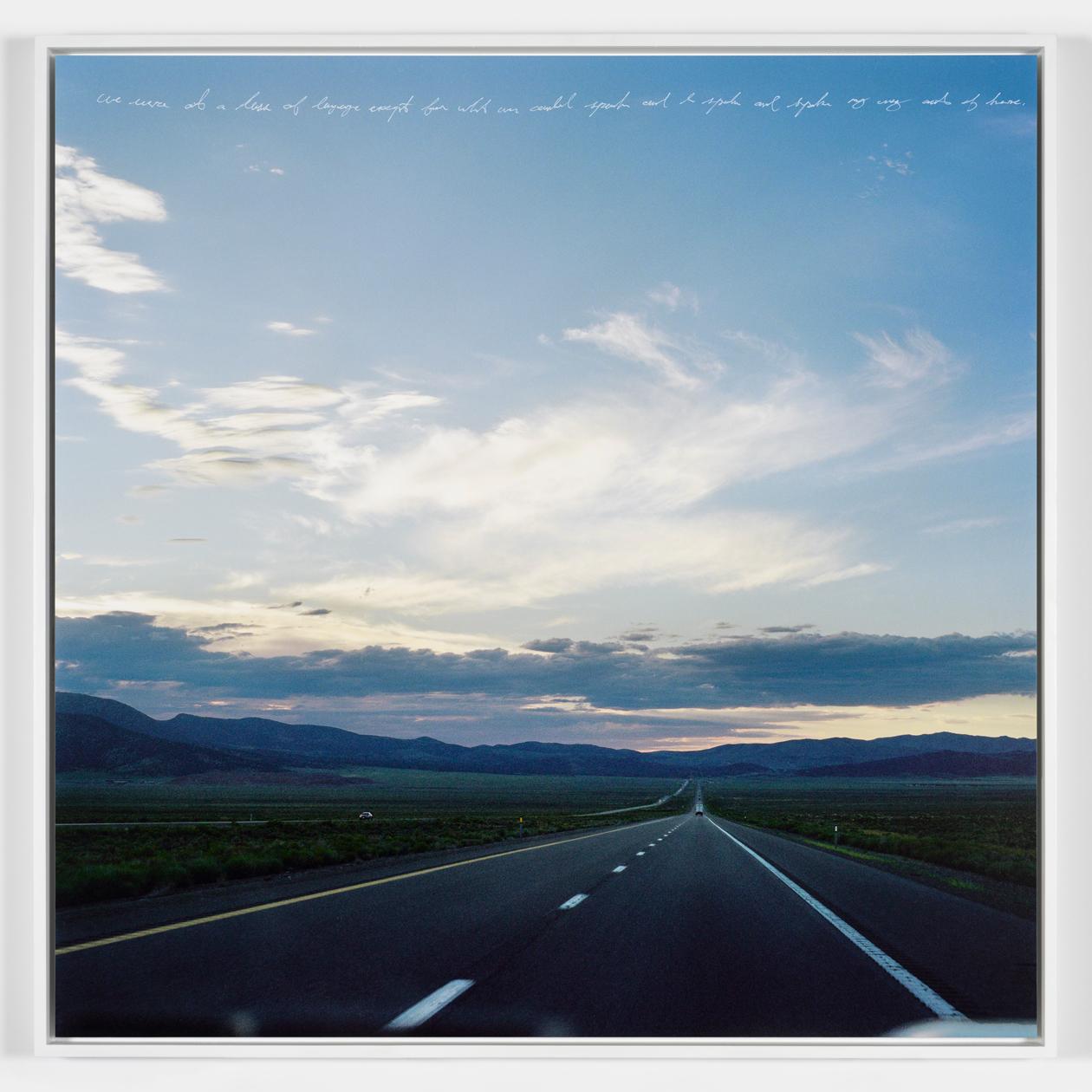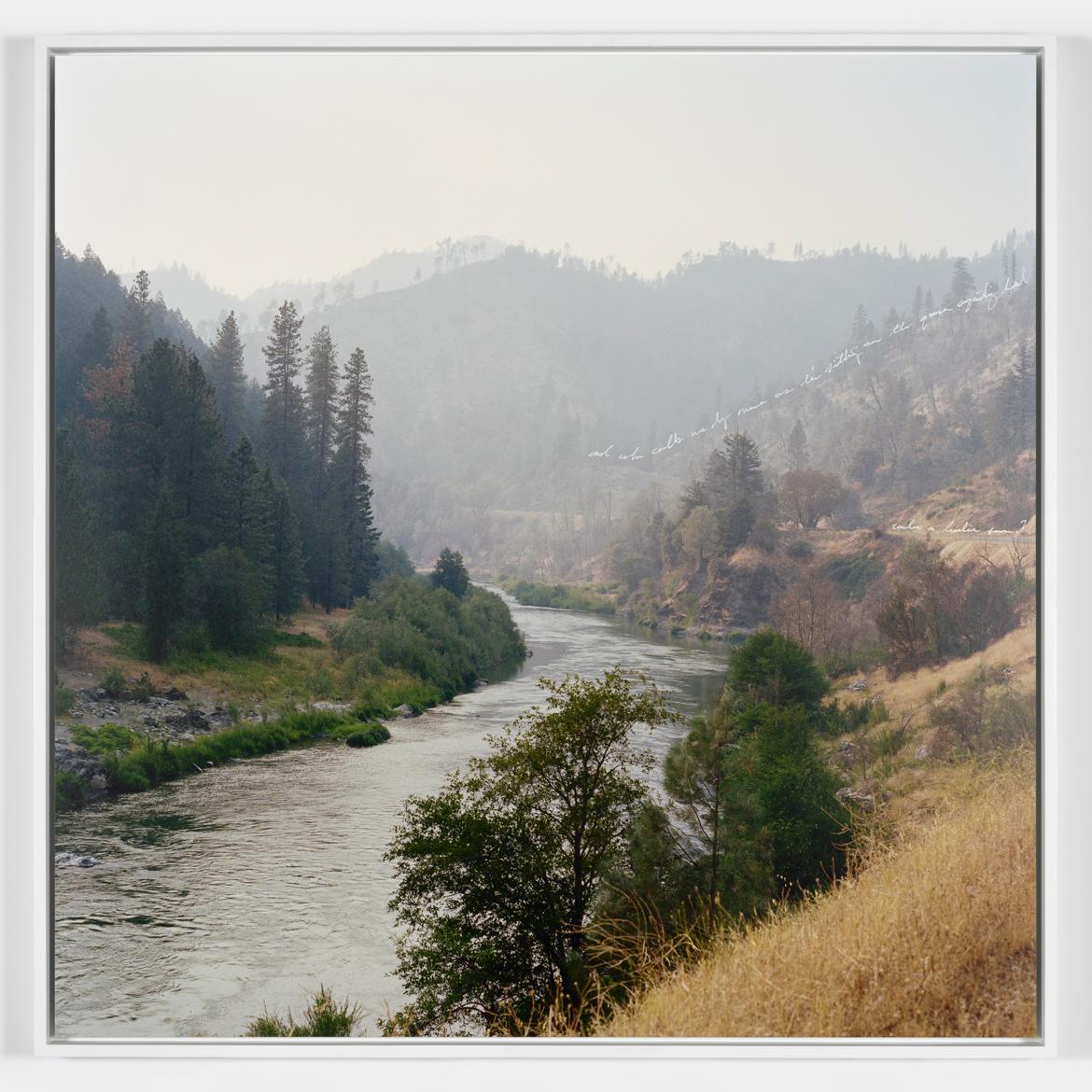Frye Favorites is a series in which members of the Frye’s staff and community share their perspectives on memorable exhibitions and works from the museum’s collection. This post features Dr. Amish Dave from Virginia Mason, who started the Art + Medicine program for early-career physicians close to a decade ago. For the past two years, the Frye has hosted this half-day program which invites doctors to get out of the hospital and try something new with hands-on art making. We also highlight connections between visual arts and the medical profession, namely the transferrable skill of close-looking. We invited Dr. Dave to put these observational skills to the test, writing about our recent exhibition Sky Hopinka: Subterranean Ceremonies. Dr. Dave reflects on Hopinka's photographs We were at a loss of language, except for what we could speak (2023) and And who calls me by name as I’m sitting on the grass (2023).

Sky Hopinka. From left: In Dreams and Autumn, 2021. Three-channel digital video (color, sound); 11:04 min. Courtesy of the artist. And who calls me by name as I’m sitting on the grass, 2023. Inkjet print, etching. 39 3/4 x 39 3/4 in. Courtesy of the artist. Installation view of Sky Hopinka: Subterranean Ceremonies, Frye Art Museum, Seattle, February 17–May 26, 2024. Photo: Jueqian Fang
By Dr. Amish Dave
After a few hours of catching up with friends at a nearby cidery on First Hill, I walked a short distance to the Frye Art Museum to see and experience Sky Hopinka’s Subterranean Ceremonies exhibit. The son of a drummer-father from the Ho-Chunk people native to Wisconsin and a dancer-mother of the Pechanga band of Luiseno Indians native to southern California, Hopinka is a poet, filmmaker, and storyteller who uses his craft to focus on the power of words and images to alter the viewer’s perception, push for heightened consideration of power dynamics, and promote disquiet.
For left-brained persons like myself, Subterranean Ceremonies can seem subversive and disorienting in that it offers what Hopinka has described as a “more circular form of storytelling” where there is no clear beginning, middle, or end. While there is an introduction and beautiful description of the exhibit near the museum’s entrance, the show can be experienced in any order and includes wall poetry, film, and images from a series of drives in the Midwest and the American South. During that trip to write about the return of native belongings under NAGPRA (Native American Graves Protection and Repatriation Act), Hopinka participated in the return of native bodies to his Ho-Chunk people. He movingly shows images of this repatriation in the film Sunflower Siege Engine, which was shown in a program at the Frye on February 17 along with another short film, Just a Soul Responding. These films allow Hopinka to engage his ancestors while connecting their experiences with the present-day lives of native peoples.


Photographs taken during Hopinka’s drives are included in Subterranean Ceremonies alongside three videos. We were at a loss of language, except for what we could speak (and potentially the cider I consumed before viewing it) pushed me back fourteen years to the last cross-country drive I survived with my mother and father. The vast horizon with countless miles on a straight highway, with the mountains in the distance promising adventure, and the not-so-green grass (so different from the manicured suburban yards of Chicagoland I grew up in) brought back memories of hours of listening to Lata Mangeshkar cassette tapes in my then brand-new Toyota Corolla from Chicago to California. My frustration with my parents’ constant bickering mixed with a strong feeling of hope; escaping the mundane for a residency out West. I felt grateful to Hopinka for pushing me back towards this long-forgotten memory and allowing me to reconcile in a way with my parents; the present-day melding with tales of my loved ones.
In And who calls me by name as I’m sitting on the grass, I see a stream and mist over it with dozens of types of bushes and trees and golden yellow grass that is more than waist high in a photograph that reminds me of moving again out West. Or is this an image from Illinois; a spot close to Cahokia and close to where I grew up?
I did not come to this exhibit to relive my past, but I am transported by Hopinka into my own past and into a Washington State of possibility and a lack of hierarchy and a natural beauty that eluded me. I smile as I feel like I am maybe understanding a poem on a wall that I could not understand while at the exhibit itself: “Thus it is not surprising that it is among solitary travelers of the last century—not professional travelers or scientists, but travelers on impulse for unexpected reasons—that we are most likely to find prophetic allocations of spaces in which neither identity not relations nor history really make any sense.”